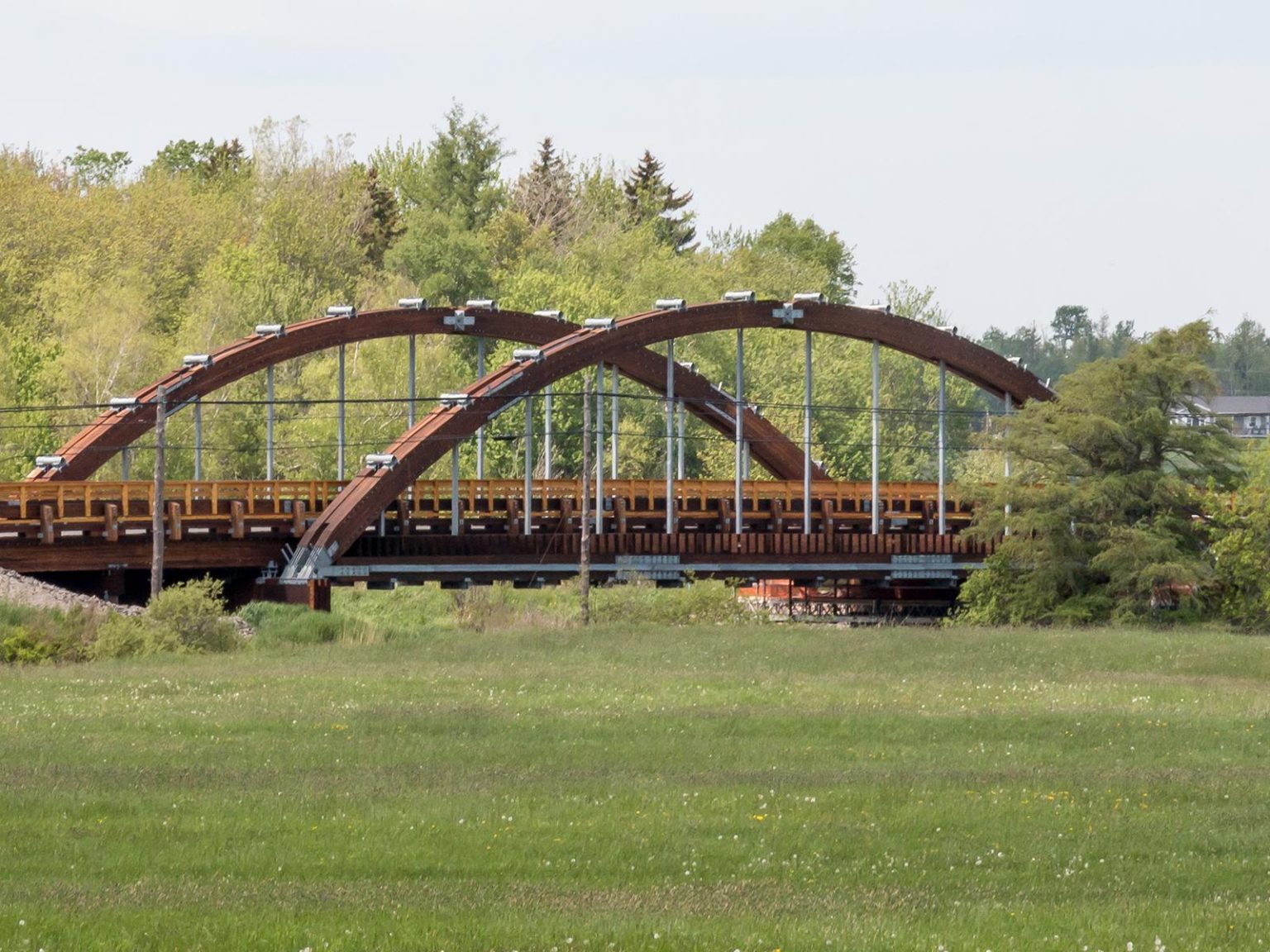If you are a property owner and are looking for ways to connect different areas of your land, a timber bridge is the best solution. These bridges are known for their strength and durability. Moreover, they offer exceptional functional connectivity.
Timber doesn’t just hold up as a reliable building material; it actually brings along a whole list of benefits for communities and the environment. Here are the top reasons why timber bridge construction is the ideal choice for any property.
Sustainable and environmentally friendly
One of the major advantages of timber bridge construction is its sustainability. As timber is a natural material, it requires less energy to produce. Unlike concrete and steel, you don’t have to melt it down at thousands of degrees or pour tons of cement with a huge carbon footprint.
The timber is biodegradable and recyclable, which is rare in construction materials. For communities looking for greener solutions, timber is an obvious choice.
Cost-Effectiveness
Another advantage of considering timber for bridge construction is that it is affordable. As compared to other materials, timber is a cost-effective option. As it is widely available, it can be sourced locally. This lowers the transport costs.
Moreover, timber bridges are constructed quickly. In this way, you can save labor hours and reduce overall project timelines.
Strength and Durability
Despite their lightweight and natural appearance, the timber bridges can handle heavy loads and survive in harsh conditions. These bridges are constructed with premium quality materials and proper engineering. A neglected steel bridge can rust out faster, and concrete can crack badly. With the right treatments and maintenance, a timber bridge can actually last for decades.
Design Customization and Adaptability
Timbers offer next level of design flexibility. Unlike concrete, which tends to look and feel heavy, or steel, which often feels rigid, timber gives builders more room to play around.
Whether it’s a small pedestrian crossing, a rural road, or even something larger, timber adapts surprisingly well. That adaptability means every timber bridge doesn’t have to look the same. They can be modern or traditional.
Natural Aesthetic Appeal
The timber has a warmth and natural texture that can blend seamlessly into natural landscapes. The earthy tones of timber create a visually appealing and harmonious effect. Timber bridge structures exude a timeless charm and evoke a sense of connection with nature. In this way, you can enhance the curb appeal of your property.
Boosting Local Economies
Another interesting angle is how timber bridges can actually support local economies. Since timber can often be sourced locally, it creates jobs not just in construction but also in forestry and milling. In this way, it offers various job opportunities and supports local businesses. Moreover, timber bridges attract tourists as they are unique and become landmarks.
Final Thoughts
Timber cannot be understated for constructing a bridge. A timber bridge is more than just a way to cross from one side to another. It’s a connection between tradition and innovation, nature and community, beauty and practicality. This is why timber is still standing strong in the world of bridge construction.

